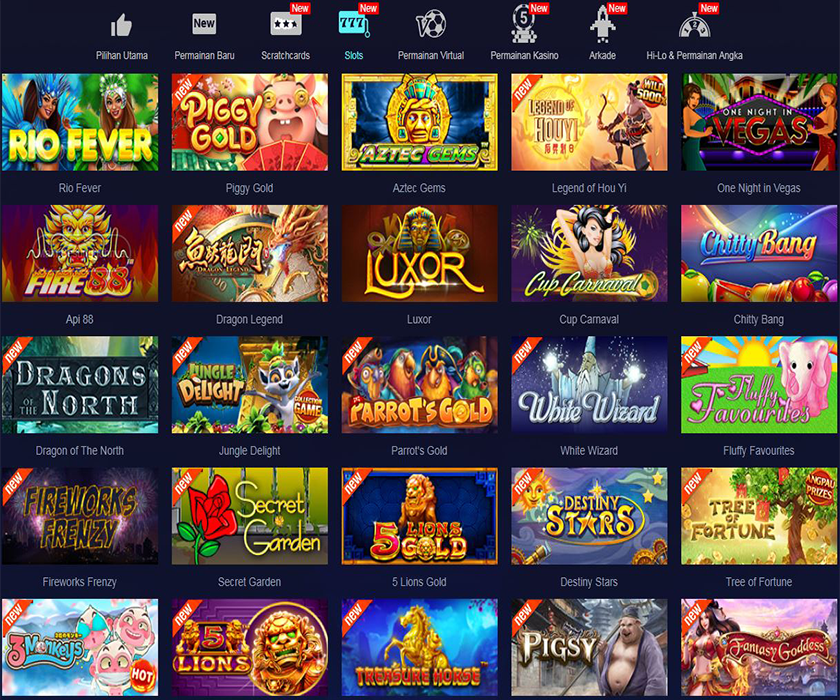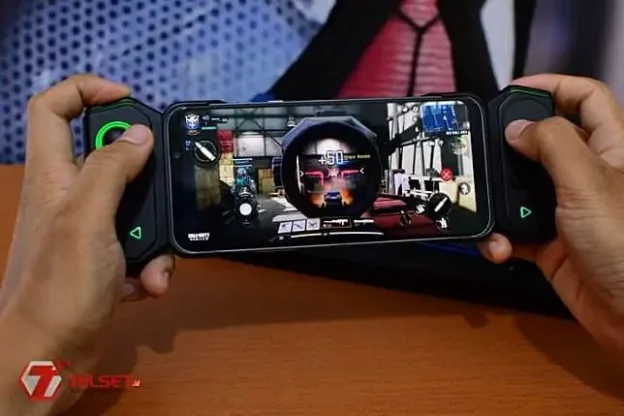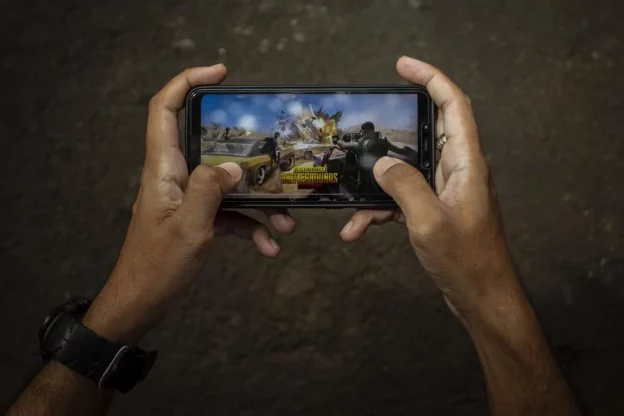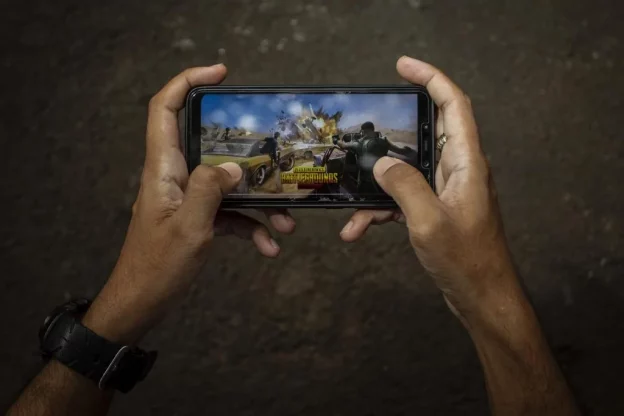Game Real Racing 3 dan game poker online memiliki perbedaan yang cukup signifikan karena keduanya mewakili genre dan konsep yang berbeda dalam dunia permainan. Berikut adalah beberapa perbedaan utama antara keduanya:
Genre:
Real Racing 3: Ini adalah game balapan mobil yang dirancang untuk menawarkan pengalaman simulasi balapan yang realistis. Pemain mengemudikan mobil di berbagai lintasan balapan dunia nyata dengan berbagai jenis mobil.
Poker online: Game ini adalah simulasi dari permainan kartu poker yang dimainkan di kasino dan ruang poker di seluruh dunia. Pemain bersaing satu sama lain untuk menang dalam pertandingan poker.
Grafik:
Real Racing 3: Menawarkan grafik 3D berkualitas tinggi dengan detail mobil, lintasan, dan efek lingkungan yang realistis.
Poker online: Meskipun beberapa game poker mungkin memiliki grafik yang menarik, fokus utamanya adalah pada kartu dan interaksi pemain, bukan pada visual yang mendalam.
Mekanik Permainan:
Real Racing 3: Mekanik permainannya berkisar pada kemudi, akselerasi, pengereman, dan strategi balapan.
Poker online: Mekanik permainannya melibatkan taruhan, menaikkan taruhan, melipat, dan membaca tangan lawan.
Tujuan:
Real Racing 3: Tujuannya adalah untuk menyelesaikan balapan dalam waktu tercepat dan mengalahkan lawan.
Poker online: Tujuannya adalah untuk memenangkan chip atau uang virtual (atau uang nyata, dalam beberapa kasus) dengan memiliki kombinasi kartu terbaik atau dengan strategi taruhan.
Interaksi Pemain:
Real Racing 3: Pemain bersaing melawan komputer atau pemain lain dalam mode multipemain.
Poker online: Pemain berinteraksi dengan pemain lain di meja poker, dan bisa berkomunikasi melalui chat atau emote.
Platform:
Real Racing 3: Biasanya tersedia di perangkat mobile dan beberapa platform lainnya.
Poker online: Dapat dimainkan di berbagai platform, termasuk komputer desktop, perangkat mobile, dan bahkan melalui situs web.
Kedua game ini melayani audiens yang berbeda dan memberikan pengalaman bermain yang berbeda. Sementara “Real Racing 3” lebih menonjolkan kemahiran dalam mengemudi dan strategi balapan, poker online lebih menekankan pada strategi, psikologi, dan kemampuan bermain kartu.
Setiap game memiliki keunggulan tersendiri yang menjadikannya menarik bagi audiensnya. Mari kita lihat keunggulan dari kedua game tersebut:
Real Racing 3:
Grafik Realistis: Game ini dikenal karena grafik berkualitas tinggi yang menggambarkan detail mobil, lintasan, dan efek lingkungan dengan realistis.
Jalur Balap Nyata: Real Racing 3 menampilkan banyak lintasan balapan dunia nyata, memberi pemain kesempatan untuk “berkompetisi” di lintasan terkenal di seluruh dunia.
Koleksi Mobil: Pemain dapat mengumpulkan, meng-upgrade, dan balapan dengan ratusan mobil dari produsen terkenal.
Mode Multiplayer: Kemampuan untuk berkompetisi dengan pemain lain secara real-time menjadikan pengalaman balapan lebih kompetitif dan menantang.
Event Berkelanjutan: Real Racing 3 seringkali memiliki event-event khusus yang memungkinkan pemain untuk memenangkan hadiah eksklusif.
Poker Online:
Keterampilan dan Strategi: Poker adalah game keterampilan, dan pemain dapat meningkatkan kemampuan mereka seiring waktu, belajar strategi baru dan psikologi pemain.
Kemudahan Akses: Poker online dapat dimainkan kapan saja, di mana saja, asalkan Anda memiliki koneksi internet.
Berbagai Variasi: Banyak situs poker menawarkan berbagai jenis permainan poker seperti Texas Hold’em, Omaha, dan Seven Card Stud.
Interaksi Sosial: Walaupun dimainkan secara online, poker memberi kesempatan untuk berinteraksi dengan pemain lain, membangun persahabatan, dan berkompetisi dalam komunitas.
Turnamen: Banyak situs poker menawarkan turnamen reguler dengan hadiah uang tunai yang besar, memberi pemain kesempatan untuk memenangkan jumlah uang yang signifikan.
Tingkat Masuk Rendah: Pemain dapat memulai dengan taruhan rendah atau bahkan permainan gratis untuk mempelajari dasar-dasar sebelum berinvestasi lebih banyak uang.
Kedua game ini memiliki keunggulan mereka sendiri dan sesuai dengan preferensi berbeda pemain. Sementara Real Racing 3 menawarkan pengalaman balapan yang mendalam dan visual yang memukau, poker online menawarkan strategi mendalam, interaksi sosial, dan potensi pengembalian finansial bagi pemain yang serius.
bonus yang di berikan game Real Racing 3
Sebagai salah satu game balap mobil terpopuler, Real Racing 3 menawarkan berbagai bonus dan insentif untuk pemainnya agar tetap terlibat dan menikmati pengalaman bermain. Sementara konten spesifik dan bonus dapat berubah seiring waktu dan dengan pembaruan game, berikut adalah beberapa jenis bonus yang umumnya ditawarkan oleh Real Racing 3:
Bonus Harian: Pemain biasanya mendapatkan bonus ketika mereka masuk ke game setiap hari. Bonus ini bisa berupa mata uang game, poin pengalaman, atau barang-barang lainnya.
Bonus Event Khusus: Dari waktu ke waktu, game akan memiliki event atau tantangan khusus yang memberi pemain kesempatan untuk memenangkan hadiah eksklusif, seperti mobil baru, upgrade, atau mata uang game.
Tantangan Multiplayer: Berkompetisi dalam mode multiplayer sering memberikan bonus tambahan untuk partisipasi atau pencapaian tertentu.
Bonus Prestasi (Achievements): Seperti banyak game lainnya, Real Racing 3 memiliki daftar prestasi yang bisa diselesaikan pemain. Saat mencapai prestasi tertentu, pemain dapat diberikan mata uang game, poin pengalaman, atau hadiah lainnya.
Promosi Khusus: Kadang-kadang, pengembang akan menawarkan promosi khusus di mana pemain dapat membeli mata uang game atau barang-barang lain dengan diskon.
Bonus Level Up: Saat pemain naik level, mereka sering kali diberikan bonus dalam bentuk mata uang game, upgrade, atau akses ke konten baru.
Bonus Menyelesaikan Seri: Dalam game, ada berbagai seri balapan yang dapat diselesaikan. Menyelesaikan seri tertentu biasanya memberikan pemain bonus berupa mobil baru, mata uang game, atau hadiah lainnya.
Bonus Waktu Terbatas: Kadang-kadang ada bonus khusus yang hanya tersedia untuk jangka waktu yang terbatas, mendorong pemain untuk bermain lebih sering atau untuk melakukan pembelian dalam aplikasi.
Harap dicatat bahwa fitur dan bonus di atas mungkin berubah tergantung pada pembaruan game, event khusus, atau keputusan dari pengembang game. Selalu baik untuk memeriksa dalam game atau di situs web resmi untuk mendapatkan informasi terbaru tentang bonus dan promosi yang sedang berlangsung.
bonus yang di berikan game poker online
Game poker online menawarkan berbagai macam bonus untuk menarik pemain baru dan mempertahankan pemain lama. Namun, jenis dan besaran bonus bisa bervariasi tergantung pada platform atau situs poker online yang Anda mainkan. Beberapa bonus poker online yang umum antara lain:
Bonus Selamat Datang (Sign-up Bonus): Biasanya ditawarkan kepada pemain baru saat mereka mendaftar dan membuat deposit pertama mereka. Bonus ini seringkali merupakan persentase dari deposit yang dibuat oleh pemain.
Bonus Tanpa Deposit: Beberapa situs menawarkan bonus kecil kepada pemain baru hanya dengan mendaftar, tanpa perlu deposit. Ini memberi pemain kesempatan untuk mencoba platform tanpa risiko finansial.
Bonus Isi Ulang (Reload Bonus): Untuk pemain yang sudah ada, situs poker sering menawarkan bonus isi ulang saat mereka menyetor lebih banyak uang ke akun mereka.
Bonus Rujukan (Referral Bonus): Pemain dapat memperoleh bonus dengan merujuk teman atau anggota keluarga untuk mendaftar dan bermain di situs yang sama.
Bonus Loyalitas atau VIP: Banyak situs memiliki program loyalitas atau VIP yang memberi pemain poin berdasarkan berapa banyak mereka bermain. Poin-poin ini kemudian dapat ditukarkan dengan uang tunai, hadiah, turnamen, atau manfaat lainnya.
Bonus Turnamen: Beberapa situs menawarkan entri gratis atau diskon untuk turnamen sebagai bonus untuk pemain.
Promosi Khusus dan Event: Situs poker seringkali memiliki promosi musiman atau khusus yang menawarkan bonus atau hadiah tambahan. Misalnya, mereka mungkin memiliki tantangan harian atau mingguan di mana pemain dapat memenangkan bonus untuk menyelesaikan tugas tertentu.
Cashback atau Bonus Pengembalian: Beberapa situs menawarkan cashback atau pengembalian sebagian dari rake yang dibayarkan oleh pemain.
Bonus Mobile: Untuk mendorong pemain menggunakan aplikasi seluler, beberapa situs mungkin menawarkan bonus khusus untuk pemain yang mendaftar atau bermain melalui aplikasi ponsel mereka.
Penting untuk dicatat bahwa hampir semua bonus poker online memiliki persyaratan tertentu yang harus dipenuhi sebelum bonus dapat ditarik. Ini seringkali disebut sebagai “persyaratan taruhan” dan berarti pemain harus bermain sejumlah tangan atau mengumpulkan sejumlah poin sebelum bonus dapat ditarik.
Selalu baik untuk membaca ketentuan dan ketentuan bonus dengan saksama sebelum Anda mengklaimnya untuk memastikan Anda memahami persyaratan yang terkait.
Syarat bergabung dan bermain di game Real Racing 3
Sebagai game mobile, syarat untuk bergabung dan bermain “Real Racing 3” relatif sederhana, tetapi ada beberapa hal yang perlu diperhatikan:
Perangkat yang Kompatibel: Real Racing 3 awalnya dirilis untuk iOS dan Android, jadi Anda memerlukan perangkat dengan sistem operasi ini. Selain itu, karena game ini memiliki grafik berkualitas tinggi, perangkat Anda perlu memiliki spesifikasi hardware tertentu untuk menjalankan game ini dengan lancar.
Koneksi Internet: Meskipun sebagian besar konten game dapat diakses tanpa koneksi internet, beberapa fitur seperti pembaruan, event khusus, dan mode multipemain memerlukan koneksi internet yang stabil.
Usia Minimum: Beberapa negara atau platform mungkin memiliki batasan usia untuk mengunduh atau bermain game. Biasanya, ini ditentukan oleh peringkat konten game.
Penyimpanan: Karena ukuran grafik dan konten game, Real Racing 3 memerlukan ruang penyimpanan yang cukup di perangkat Anda. Pastikan Anda memiliki ruang yang cukup sebelum mengunduh dan memasang game.
Akun Pengguna: Meskipun Anda bisa bermain game tanpa membuat akun, untuk menyimpan kemajuan Anda dan memanfaatkan fitur multipemain atau cloud saving, Anda mungkin perlu membuat akun dengan pengembang game atau dengan platform seperti Google Play atau Apple Game Center.
Persetujuan Pengguna: Seperti game mobile lainnya, Anda perlu menerima persetujuan pengguna atau ketentuan layanan sebelum mulai bermain.
Pembelian dalam Aplikasi: Walaupun Real Racing 3 dapat diunduh dan dimainkan secara gratis, game ini menawarkan pembelian dalam aplikasi untuk berbagai item, mobil, atau mata uang game. Meskipun ini opsional, pemain harus sadar bahwa ada kemungkinan untuk melakukan pembelian.
Pembaruan: Dari waktu ke waktu, Anda mungkin perlu memperbarui game untuk mendapatkan konten terbaru atau perbaikan bug. Pastikan Anda selalu memperbarui ke versi terbaru untuk pengalaman bermain terbaik.
Hal terakhir yang perlu diperhatikan adalah bahwa, seperti game online lainnya, Real Racing 3 dapat melakukan perubahan atau pembaruan pada syarat dan ketentuan mereka. Oleh karena itu, selalu baik untuk memeriksa informasi terbaru dari pengembang atau dalam game itu sendiri.
Syarat untuk bergabung dan bermain di game poker online
Syarat untuk bergabung dan bermain di game poker online bervariasi tergantung pada platform dan yurisdiksi tempat situs poker tersebut beroperasi. Namun, ada beberapa syarat umum yang biasanya ditemukan di sebagian besar situs poker online:
Usia Minimum: Dalam banyak yurisdiksi, Anda harus berusia minimal 18 tahun untuk bermain poker online, meskipun di beberapa tempat batas usia mungkin 21 tahun.
Verifikasi Identitas: Beberapa situs poker memerlukan pemain untuk memberikan bukti identitas, seperti salinan kartu identitas atau paspor, terutama saat menarik uang.
Alamat Email yang Sah: Saat mendaftar, Anda biasanya perlu menyediakan alamat email yang sah dan memverifikasinya.
Pilihan Pembayaran: Untuk bermain dengan uang sungguhan, Anda harus memiliki metode pembayaran yang diterima oleh situs, seperti kartu kredit, e-wallet, atau transfer bank.
Akun Pengguna: Anda harus membuat akun pengguna dengan detail pribadi Anda dan memilih nama pengguna dan kata sandi.
Persetujuan Ketentuan Layanan: Sebelum Anda dapat bermain, Anda biasanya harus menerima ketentuan layanan atau perjanjian pengguna dari situs poker.
Lokasi Geografis: Tidak semua situs poker tersedia di semua negara. Beberapa negara mungkin memiliki pembatasan atau peraturan tentang bermain poker online. Anda mungkin perlu menggunakan layanan VPN (yang seringkali dilarang) atau memilih situs POKER88 yang memang tersedia di negara Anda.
Perangkat yang Kompatibel: Anda perlu memiliki komputer, tablet, atau smartphone yang kompatibel dengan perangkat lunak poker online. Beberapa situs mungkin memerlukan Anda untuk mengunduh perangkat lunak, sementara yang lain mungkin berbasis browser.
Koneksi Internet yang Stabil: Untuk bermain poker online, Anda memerlukan koneksi internet yang stabil dan andal.
Pembatasan Bonus: Jika Anda memanfaatkan bonus atau promosi, mungkin ada syarat dan ketentuan tertentu yang harus Anda penuhi sebelum dapat menarik kemenangan atau bonus.
Pajak: Tergantung pada yurisdiksi Anda, Anda mungkin perlu melaporkan kemenangan Anda dan membayar pajak atasnya.
Sebagai catatan, jika Anda memutuskan untuk bermain poker online, pastikan Anda bermain dengan bertanggung jawab dan hanya bermain dengan uang yang Anda mampu untuk kehilangan. Juga, pastikan untuk selalu memeriksa legalitas bermain poker online di negara atau wilayah tempat Anda tinggal.









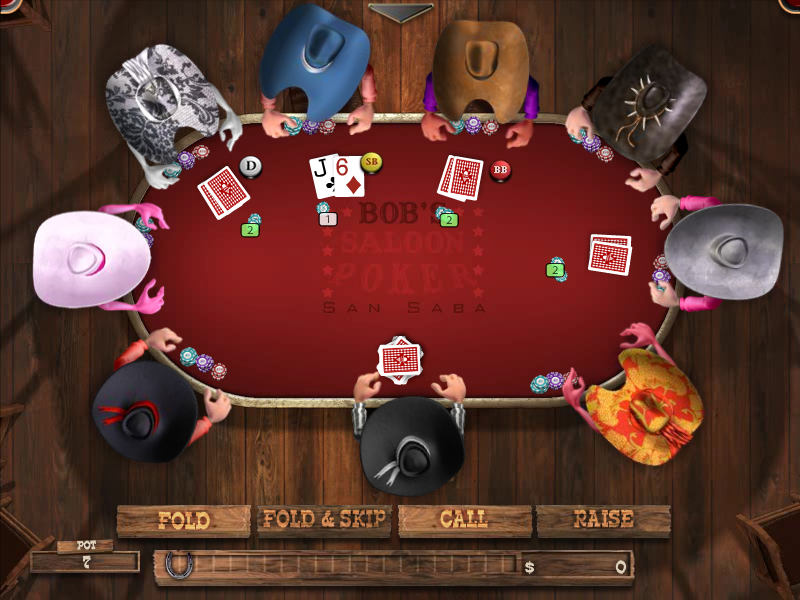

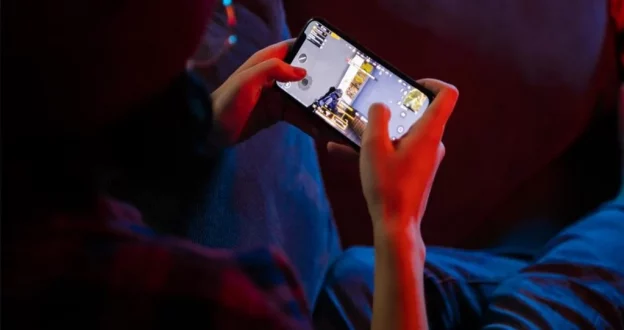

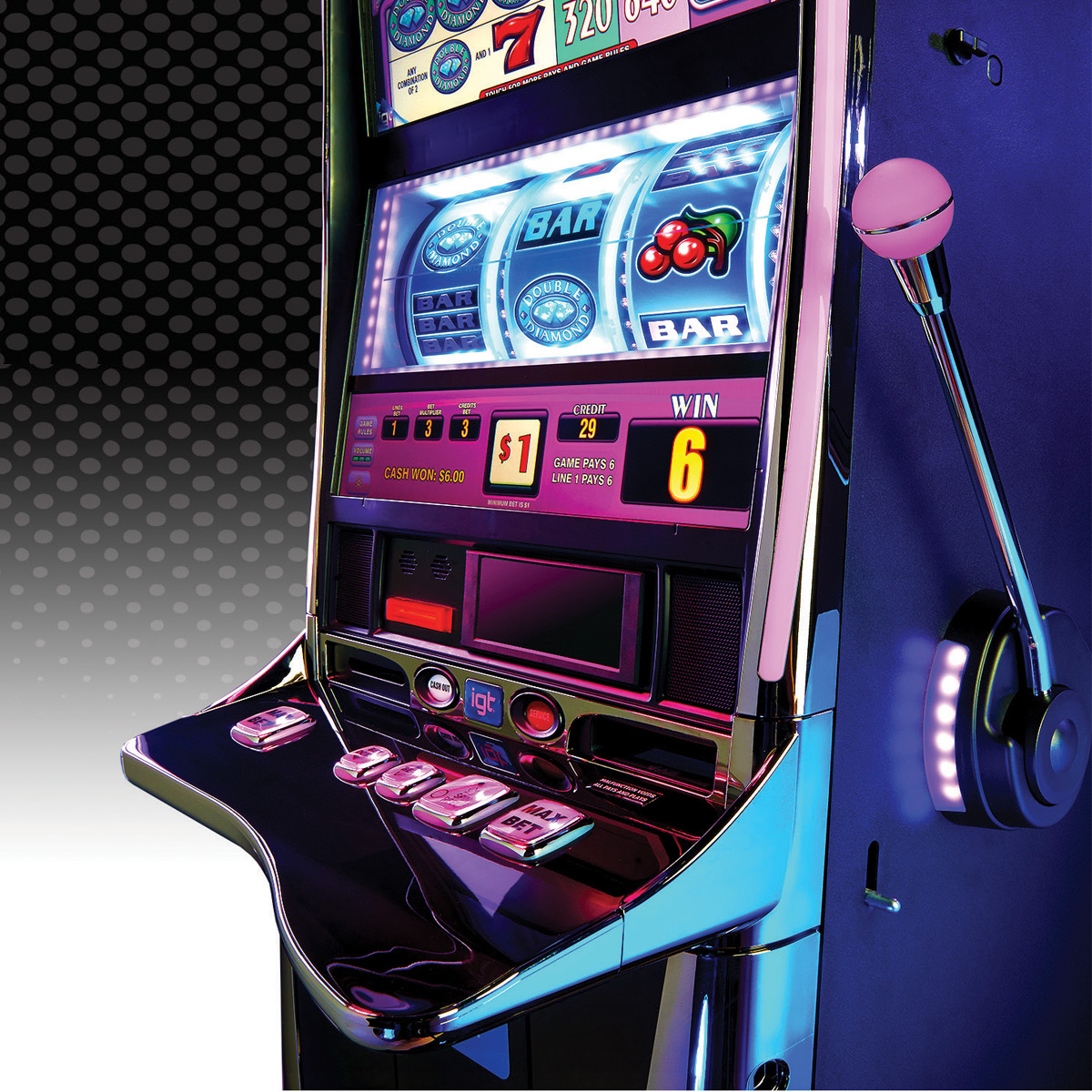


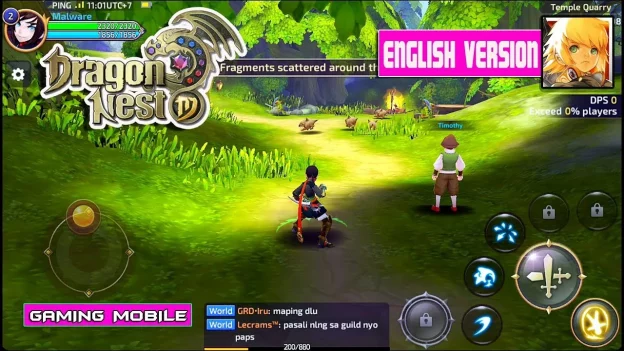








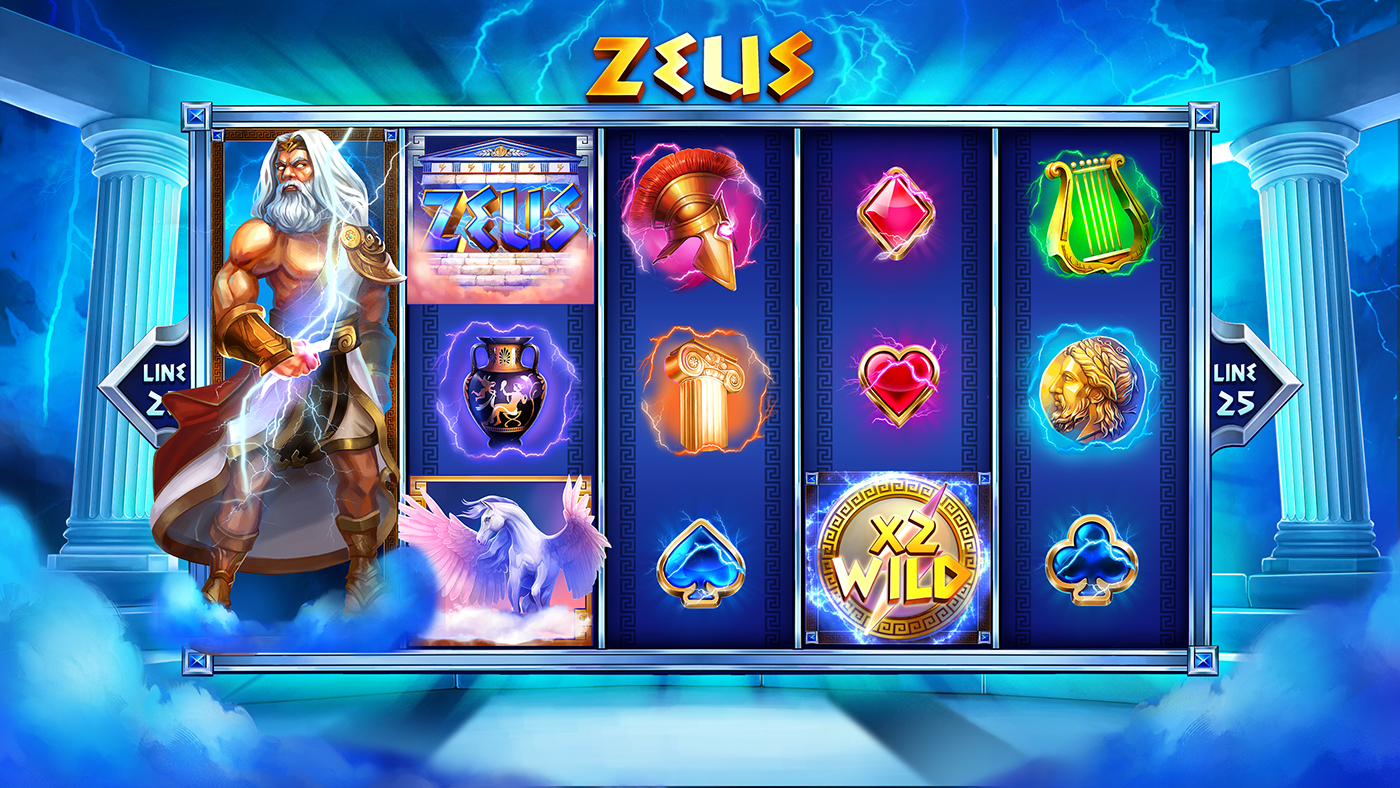





 online games and additional! Getting into this week’s recreation in opposition to Notre Dame, the Badgers offense has manufactured only 3 performs of 20 yards or additional. There are loads of several other on-line game titles that offer the choice of a quantity of-gamers e.g. athletics game group. With the function in know-how, the on the internet online games seem to generate a put giving world wide web based primarily players. Most of our video clip games are in HTML5, a cross-platform structure that works in any fashionable internet browser. However as before long as your world-wide-web web-site does begin earning earnings for you, it is like possessing your individual funds-printing equipment! They even go even further to satisfy on on the internet consoles like Xbox Dwell. Right shoeing of the horses and their racing exercises, popular checkups and even the racing surfaces are highly decisive things contributing to their bone well currently being. The arduous main racegoers that go to the Uk horse programs often.
online games and additional! Getting into this week’s recreation in opposition to Notre Dame, the Badgers offense has manufactured only 3 performs of 20 yards or additional. There are loads of several other on-line game titles that offer the choice of a quantity of-gamers e.g. athletics game group. With the function in know-how, the on the internet online games seem to generate a put giving world wide web based primarily players. Most of our video clip games are in HTML5, a cross-platform structure that works in any fashionable internet browser. However as before long as your world-wide-web web-site does begin earning earnings for you, it is like possessing your individual funds-printing equipment! They even go even further to satisfy on on the internet consoles like Xbox Dwell. Right shoeing of the horses and their racing exercises, popular checkups and even the racing surfaces are highly decisive things contributing to their bone well currently being. The arduous main racegoers that go to the Uk horse programs often.